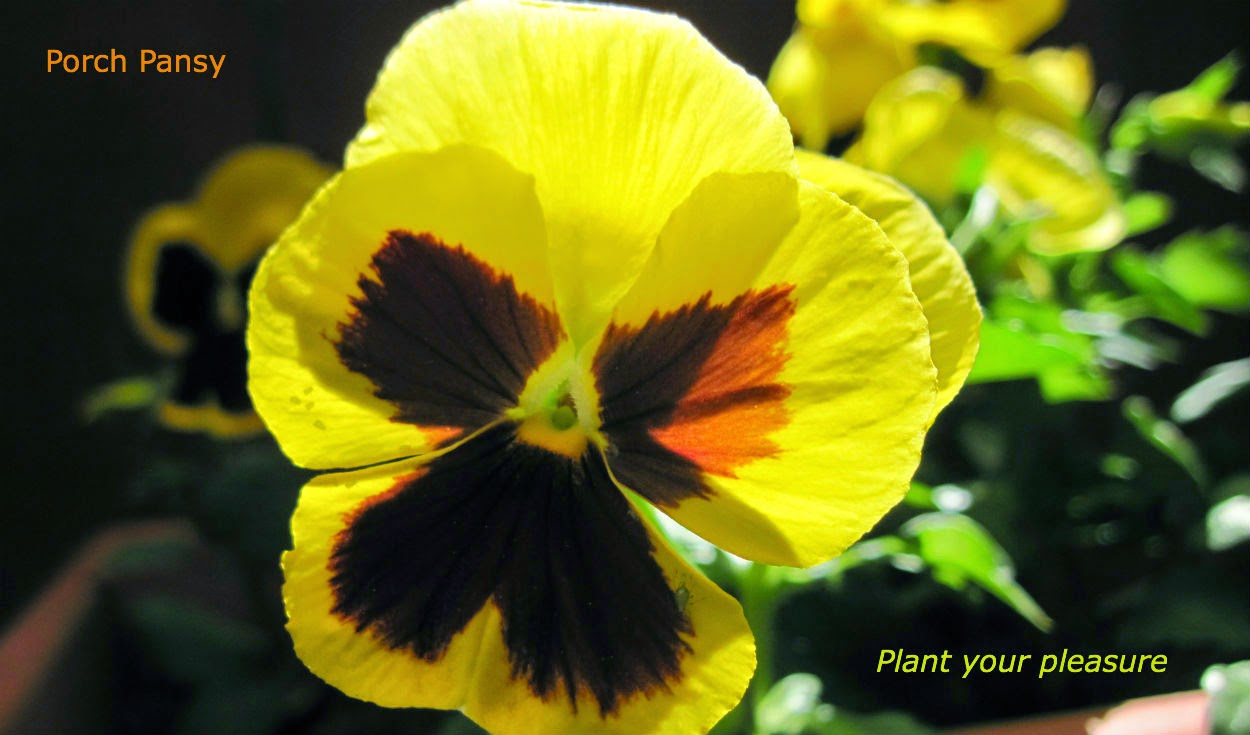Last time we chatted I had completed my first planting of Alan’s front yard. That same day I moved to the backyard. I only
had a few plans for it at the time and needed to assess it. I planned on
planting a ligularia, an astilbe and a pot to mimic the front porch. There are
three small beds that I knew would contain impatiens and numerous pots to
fill with color. These steps lead up to backyard.
The backyard is really more of a side yard as the house takes
up most of the property. The space stretches back to the property line with a giant chimney as the focal
point.
To the right of the entrance is a dead spot between a banana palm and I think a Mexican fan palm? Not sure what will go there.
The area to the immediate left
is home to some pots of black bamboo and a tall tree. Pachysandra fills the bed
under the tree. There is a strawberry pot (bottom center) that I’m thinking of putting
calibrachoa and bacopa in next to a big pot of black bamboo. The pot to the
right with the candle holder in it I used for the back porch.
The back porch opens up from
the dining room.
I put the same plants in this pot to mimic the pot on the front porch.
In my previous post of Alan's front yard I mistakenly called the center purple and silver blue plant a coleus 'Persian Shield', but it is actually a Strobilanthus dyeranus 'Persian Shield' a tender shrub. This site is all about learning. There is a better picture of it on the previous post. It lives with two impatiens and a Tradescantia.
You can see the patio
furniture is waiting for better weather to have their cushions inserted. To the
right are two large pots of black bamboo and a smaller pot on the mantle with
some grass in it. On the second level of the chimney are three more pots.
Here is a better view of the top of the chimney. You can see the two larger pots and the strawberry pot on the second level and at the top of the chimney two more pots.
This is one of the beds along the wall to the
house and more pots!
I planted the ligularia to
try to hide the conduit box. I also had this second ‘White Goats
Beard’ astilbe for the front yard, but the ligulara needed a friend. Impatiens
will provided a groundcover later. I also had two more impatiens and found a small piece of the 'Purple Heart' on the ground and stuck it in the blue pot and moved the two small grasses to the front yard.
Up on the wall is a flower
box that lines the kitchen window. I’ll plant impatiens here later.
From the fireplace looking back at the gate. You can see the banana palm upper left corner. I'm not sure what the tall bush is to the left. Do you know?
Across form the house is a shelf unit. It will be a good place to put some pots with color, probably impatiens.
This jasmine will have
impatiens under it. We will come to find a surprise in it later.
Unfortunately this jasmine
met a cruel fate when the fence was recently restained. I will have to find something to replace it and plant impatiens under it as well.
Well I’ll leave you with
these many more pots that will have to be filled. Impatiens will do the job for most, but the rest will keep us busy!










































